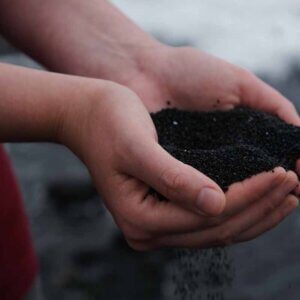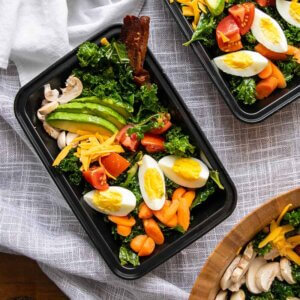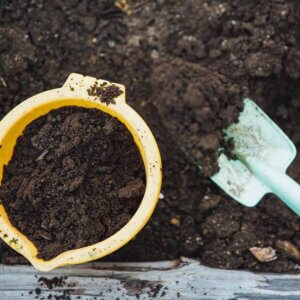Imagine finishing a delectable meal at your favorite restaurant, and instead of discarding the disposable container, you place it in a nearby compost bin. Welcome to the world of compostable food containers—a sustainable solution for reducing waste and preserving our planet.
In this blog post, we will delve into the realm of compostable food containers, exploring their significance in sustainability and waste reduction. Join us on this journey to discover the wonders of compostable food containers and learn how you can make a positive impact on the environment. Let’s embark on a greener future together.
What are compostable food containers?

Compostable food containers are specifically designed to break down into organic matter when exposed to the right conditions, such as in a composting facility or a home composting system. Unlike traditional single-use plastics, which can persist in the environment for hundreds of years, compostable food containers offer a more sustainable alternative.
These containers are typically made from renewable resources such as plant-based bioplastics, including materials like cornstarch, sugarcane fiber, or wheat straw. These plant-based materials are chosen for their ability to biodegrade, providing a viable alternative to petroleum-based plastics that contribute to pollution and resource depletion.
The benefits of compostable food containers extend beyond their ability to biodegrade. By choosing compostable options, we can significantly reduce the environmental impact associated with single-use plastics. Composting these containers not only diverts waste from landfills but also creates nutrient-rich compost that can be used to enrich soil and support plant growth. Additionally, compostable food containers contribute to the circular economy by closing the loop and creating a sustainable lifecycle for the packaging materials we use.
Environmental impact of compostable food containers
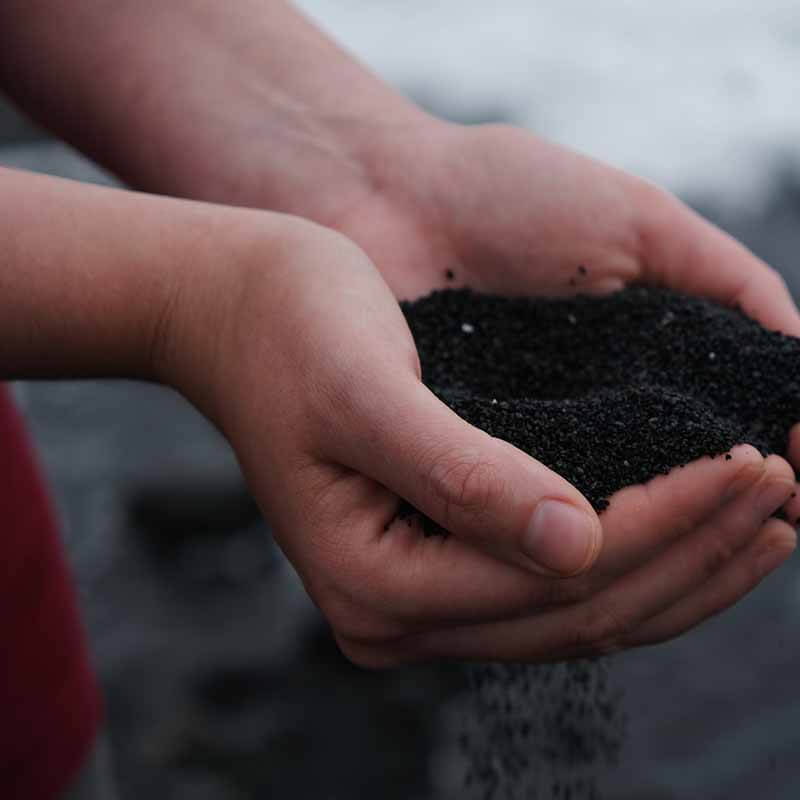
Traditional single-use plastics have severe environmental implications. They contribute to pollution, harm wildlife, and take an incredibly long time to decompose. These plastics often end up in landfills or find their way into oceans and ecosystems, causing irreversible damage to the environment.
Compostable food containers offer a sustainable solution to address these issues. Unlike traditional plastics, compostable containers break down into organic matter through the process of composting. Composting provides an environmentally friendly way to manage waste and reduce the accumulation of non-biodegradable materials in landfills and natural habitats.
The composting process involves the decomposition of organic matter, including compostable food containers, by microorganisms like bacteria and fungi. These microorganisms break down the materials into nutrient-rich compost, a natural fertilizer that can be used to enhance soil health and support plant growth. By composting these containers, we close the loop and contribute to a circular economy where resources are reused and replenished.
Benefits of compostable food containers

Compostable food containers offer a promising solution for businesses and consumers alike, aligning with sustainability objectives and waste reduction efforts.
Types of Compostable Materials for Food Containers
PLA (Polylactic Acid):
PLA is sourced from renewable resources, such as cornstarch or sugarcane, making it an eco-friendly material.
It is transparent, durable, and commonly used for items like cups, cutlery, and food trays.
PLA has gained popularity due to its versatile nature and relatively low environmental impact.
Bagasse:
Bagasse is a fibrous byproduct that remains after sugarcane or other plant fibers are extracted for juice or pulp.
It is a sturdy material and often used for disposable plates, bowls, and takeout containers.
Bagasse-based products have good heat resistance and can hold both hot and cold food items.
Wheat Straw:
Wheat straw is the durable and fibrous residue that remains once wheat grains are harvested, serving various practical purposes in numerous industries.
It is a renewable resource that can be transformed into disposable food containers.
Wheat straw products are commonly used for bowls, plates, and clamshell-style containers.
Palm Leaf:
Palm leaf-based products are made from fallen palm leaves collected from palm plantations.
The leaves are cleaned, heat-pressed, and molded into various shapes.
Palm leaf containers are sturdy, natural-looking, and suitable for both hot and cold food items.
Wood Pulp:
Wood pulp, sourced from sustainably managed forests, is used to create compostable food containers.
It is often processed into molded fiber products like plates, trays, and takeout containers.
Wood pulp-based containers have good insulation properties and are suitable for a range of food items.
Mushroom Packaging:
Mushroom packaging, also known as mycelium packaging, is made from agricultural waste and mushroom mycelium (the root structure of mushrooms).
This material is both biodegradable and compostable, and it can be molded into a multitude of different shapes.
Mushroom packaging is gaining popularity as a sustainable alternative for food packaging, including containers.
The Advantages of Using Compostable Food Containers for Businesses and Consumers.
Compostable food containers offer numerous advantages for both businesses and consumers. For businesses, using compostable food containers showcases their commitment to sustainability and environmentally friendly practices. It enhances their brand image and attracts eco-conscious customers who prioritize sustainable choices. Additionally, compostable containers can serve as a unique selling point, differentiating businesses from competitors and fostering customer loyalty.
Supporting Sustainability Goals and Reducing Waste
From a sustainability perspective, compostable food containers play a vital role in reducing waste. By choosing compostable options over traditional single-use plastics, we minimize the amount of non-biodegradable waste that ends up in landfills or pollutes natural habitats. Composting these containers ensures that they break down into nutrient-rich compost, closing the loop and contributing to a circular economy. This waste diversion process significantly reduces the environmental impact associated with packaging materials, mitigating pollution and conserving resources.
Target Audiences for Compostable Food Containers
Eco-conscious consumers: These are individuals who prioritize environmentally friendly practices and seek out sustainable alternatives to reduce their ecological footprint. They may actively look for compostable food containers to align with their values and minimize waste.
Sustainable businesses: Restaurants, cafes, food vendors, and catering services that emphasize sustainability may be a target audience for compostable food containers. They aim to provide environmentally friendly packaging options and promote their commitment to sustainability.
Event organizers: Companies or individuals organizing events, festivals, conferences, or other large gatherings can be a target audience for compostable food containers. They may prioritize compostable packaging to minimize waste generated during their events and demonstrate their environmental responsibility.
Institutions and organizations: Schools, universities, hospitals, government agencies, and other institutions with dining facilities may be interested in compostable food containers as part of their sustainability initiatives. These organizations often have waste reduction goals and may prefer compostable alternatives to traditional single-use plastics.
Municipalities and waste management facilities: Local governments and waste management facilities that promote composting and waste diversion programs may seek out compostable food containers. They can encourage residents to use such containers, as they align with their waste management objectives and support composting infrastructure.
Choosing compostable food containers
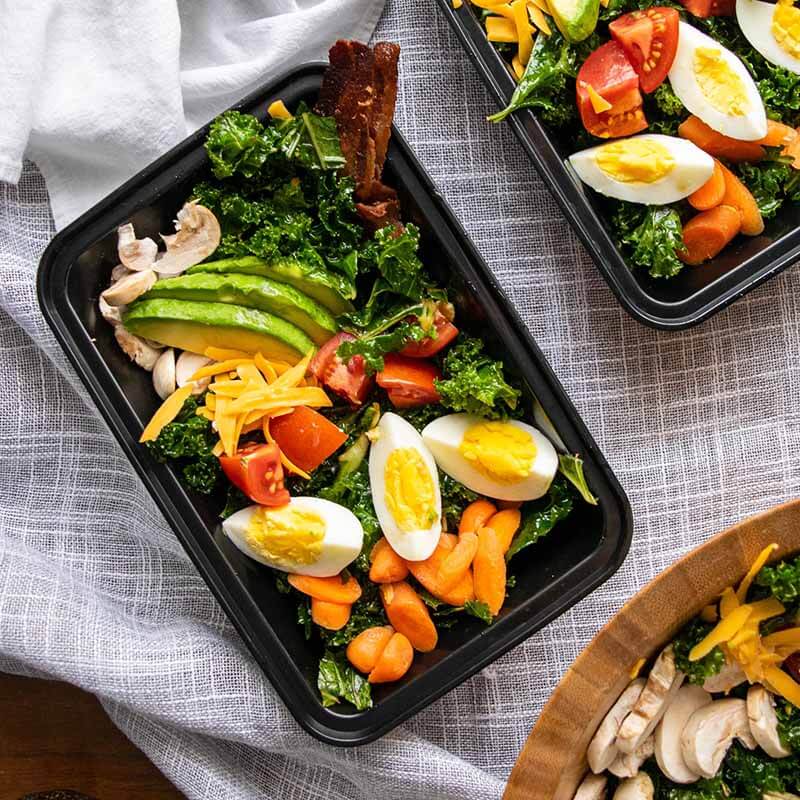
When selecting compostable food containers, there are a few key factors to consider. First and foremost, look for containers that adhere to recognized certification standards, such as the Biodegradable Products Institute (BPI) certification or the European Norm (EN) 13432 certification. These certifications ensure that the containers meet specific criteria for compostability and biodegradability, giving you confidence in their environmental claims.
Pay attention to labeling and eco-friendly certifications on the packaging. Look for labels such as “Compostable,” “Biodegradable,” or “Certified Compostable.” These labels provide assurance that the containers meet industry standards and can be safely composted. Additionally, some products may carry eco-friendly certifications like the Forest Stewardship Council (FSC) certification, indicating that the materials used are responsibly sourced.
Consider the quantity and cost of the containers. Evaluate the volume of containers you require and ensure that the supplier can meet your demand consistently. Compare prices and inquire about bulk discounts or long-term contracts to optimize your procurement process.
Eco March is your best OEM & ODM manufacturer of biodegradable & compostable food containers in China. If you are looking for these containers for your restaurant or wholesale purposes, feel free to contact us or fill your request in the below form, we will get in touch with you soon.
Remember to engage in due diligence when choosing compostable food containers to ensure their authenticity and compatibility with local composting facilities. By selecting certified containers, understanding labeling and certifications, and exploring reliable suppliers, you can make informed choices that align with your sustainability objectives.
How to dispose of compostable food containers
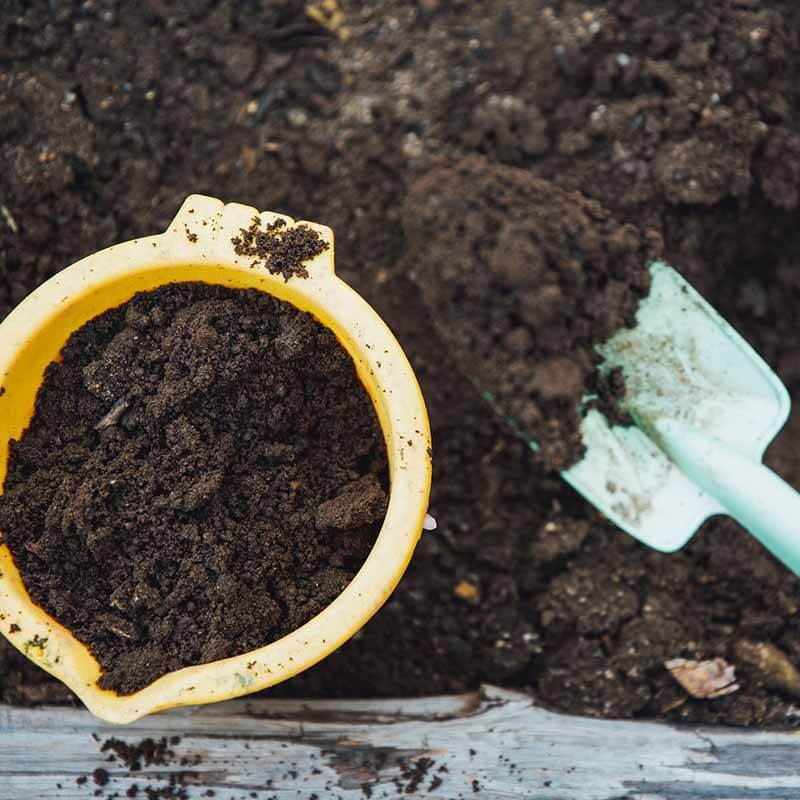
Compostable food containers require proper disposal to ensure they can effectively break down and return to the environment. The ideal disposal method is to place them in a composting facility, either municipal or commercial, where they can undergo controlled composting processes.
If you have access to a home composting system, you may be able to compost some types of compostable food containers there. However, it’s important to check if the containers are suitable for home composting, as not all materials will break down effectively in home compost piles. If your composting system meets the necessary conditions, such as proper temperature and moisture levels, you can include the appropriate compostable containers along with other compostable materials like food scraps, yard waste, and organic matter.
The availability of composting infrastructure is vital for the effective disposal of compostable food containers. Municipal or commercial composting facilities are designed to handle a wide range of compostable materials on a larger scale. These facilities provide optimal conditions, including temperature, moisture, and aeration, to facilitate the breakdown of organic materials, including compostable containers. It is important to note that not all areas have access to such facilities, so it is essential to check the availability of composting infrastructure in your region.
In the absence of composting facilities, it’s crucial to dispose of compostable food containers in a way that aligns with waste management practices in your area. For example, if your local waste management system collects organic waste for municipal composting, you can place the containers in the designated organic waste bins. This ensures that they are properly managed and directed to the appropriate composting facilities, if available.
By prioritizing the proper disposal of compostable food containers, we maximize their potential to biodegrade and contribute to the creation of nutrient-rich compost. Support for composting infrastructure, whether at home or on a larger scale, is essential for the efficient processing of compostable materials and the realization of their environmental benefits.
Addressing common misconceptions

Compostable food containers often face misconceptions that can discourage their adoption. Let’s debunk some of the most common misconceptions and clarify the truth behind them.
Misconception: Compostable food containers are not as durable as traditional plastics.
Counter: Compostable food containers have come a long way in terms of durability. Many compostable materials, such as plant-based bioplastics, are designed to be strong and resistant to heat and moisture. They can effectively hold a variety of hot or cold foods without compromising their structural integrity. While it’s true that compostable containers may not have the same longevity as traditional plastics, their durability is sufficient for typical single-use purposes.
Misconception: Compostable food containers require excessive resources to produce.
Counter: Compostable food containers are primarily made from renewable resources, such as plant-based materials. These resources, like cornstarch or sugarcane fiber, can be sustainably harvested, minimizing the environmental impact associated with their production. Additionally, compostable containers often require less energy to manufacture compared to traditional plastics made from fossil fuels. By choosing compostable options, we reduce our reliance on finite resources and contribute to a more sustainable material lifecycle.
Misconception: Compostable food containers cannot be composted in a home composting system.
Counter: While not all compostable food containers are suitable for home composting, many can effectively break down in a well-maintained home compost pile. It is important to check the specific guidelines provided by the manufacturer and ensure that the containers are compatible with home composting conditions, such as temperature and moisture levels. Home composting can provide an opportunity to divert waste from landfills and create nutrient-rich compost for your garden.
To counter these misconceptions, it is essential to rely on scientific evidence and industry expertise. Numerous studies have demonstrated the durability and functionality of compostable food containers in various applications. Additionally, life cycle assessments comparing the resource requirements of compostable materials to traditional plastics consistently show the environmental benefits of compostable options.
Certifications and standards, such as the BPI certification or the EN 13432 certification, provide further assurance of the quality and compostability of these containers. These certifications require rigorous testing and adherence to specific criteria to ensure the containers’ environmental claims are valid.
Furthermore, reputable organizations and composting facilities have successfully incorporated compostable food containers into their composting processes, demonstrating their effectiveness in breaking down and contributing to nutrient-rich compost.
By dispelling these misconceptions with evidence-based information, we can encourage the adoption of compostable food containers and highlight their role in sustainable waste management practices.
Compostable Food Containers vs. Biodegradable Containers

Compostable food containers are a subset of biodegradable containers. While all compostable containers are biodegradable, not all biodegradable containers are compostable.
Compostable Food Containers:
Compostable food containers break down into nutrient-rich compost under specific composting conditions within around 90 days in industrial facilities. Composting them creates soil amendment and reduces the need for chemical fertilizers. Compostable containers are often certified (e.g., ASTM D6400 or EN 13432) to meet compostability criteria. Proper disposal in composting facilities is necessary for effective decomposition.
Biodegradable Containers:
Biodegradable food containers naturally break down over time, decomposing into smaller components. Biodegradation timeframes vary (months to years) based on materials and environmental conditions. Biodegradation can occur in various environments but may release greenhouse gases or leave residue. Specific certifications are crucial, as biodegradability claims have fewer regulations. Careful disposal is important, with preference given to recycling or composting facilities when available, even though the resulting decomposition may not yield nutrient-rich compost.
Choosing compostable food containers from Eco March empowers us to make sustainable choices and contribute to a greener future. These containers, made from renewable resources, minimize waste and environmental impact, supporting a circular economy. By incorporating Eco March’s compostable food containers into our practices, we can reduce landfill waste and promote a healthier planet. Take action today and join the movement towards sustainability.
See more compostable tableware market research at Transparency Market Research.
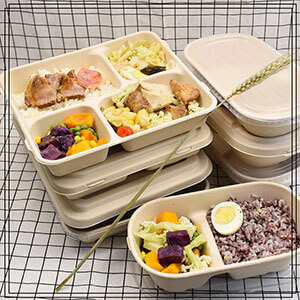
John Q
John Q is Eco March’s Product Manager. With 5 years of prior experience in the food industry after graduating from university, he has been an integral part of Eco March. He excels in creating and developing eco-friendly food packaging products with a keen focus on enhancing the consumer experience.


